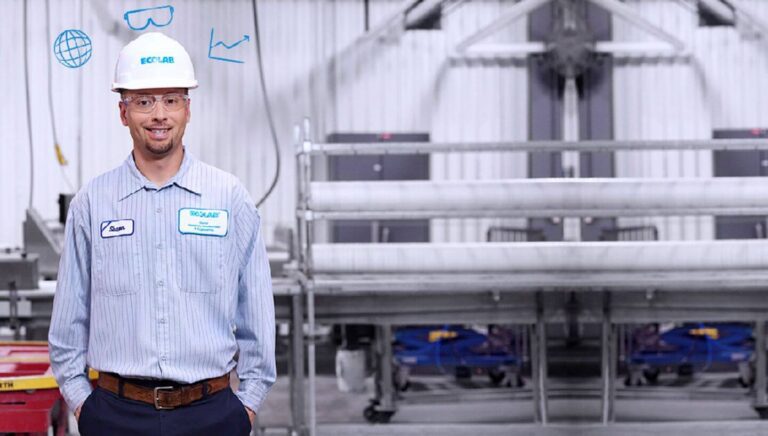Regardless of the stage in the talent acquisition process, having a strong foundation is essential. It's about creating an experience-driven, data-driven organization that can adapt to changing business needs, market fluctuations, and candidate expectations.
Symphony Talent’s Chief Product Officer Perry Steinberg and Databricks’ Director of People Analytics dug into the power of transforming data into informed decision-making, revolutionizing the landscape of talent acquisition.
Watch the full, on-demand session:
Unlocking the potential of talent data analytics requires traversing the path from raw data to actionable intelligence. To get from insights to intelligence, you must understand the following foundation components of talent data analytics:
- The foundation of data: Data is the foundation upon which talent acquisition strategies are built. People are at the core of HR and talent acquisition, and the rich data about those people fuels those interactions, processes, relationships, and results. Organizations must build a baseline of metrics to create their goals through the lens of talent analytics. Regular updates and maintenance are crucial for a robust foundation.
- Data analytics: Talent teams should measure success throughout the talent funnel by utilizing metrics and key performance indicators (KPIs) that quantify the value of their recruitment efforts — and the success of their hires. Learn more about talent analytics and KPIs here.
- User experience: The role of user experience in data analytics is vital. Anyone looking at talent analytics should have a way to view their data story in a way that makes sense. People need to understand the areas of opportunity and priorities to use the data insights and take action. Understanding the data should be easy, without requiring advanced mathematical skills. If it’s not, then you need to reevaluate your data dashboards.
- Predictive analytics: Once you’ve created a data foundation, identified your metrics and KPIs, and improved your user experience, it’s time to move to predictive analytics. As companies progress in their data maturity, they move from reactive to proactive states. Predictive analytics becomes a key component, allowing organizations to make data-driven decisions and gain a competitive advantage in talent acquisition.
- Moving towards predictive state: Achieving a predictive state is the ultimate goal, where talent acquisition becomes a competitive advantage. This state allows organizations to harness the power of data and technology to drive efficiencies, improve planning, and real-time candidate maturing.
Building a solid foundation for data-driven talent acquisition is crucial to success in any hiring season. It involves harmonizing data, progressing through various stages of data maturity, and, ultimately, achieving a predictive state that provides a competitive advantage.
Ready to learn more about harnessing the power of your talent acquisition data across the talent lifecycle? Let’s talk!



